
Penghu
- Home
- Penghu
Top 10 Must-Visit Penghu Attractions|Bucket List Guide
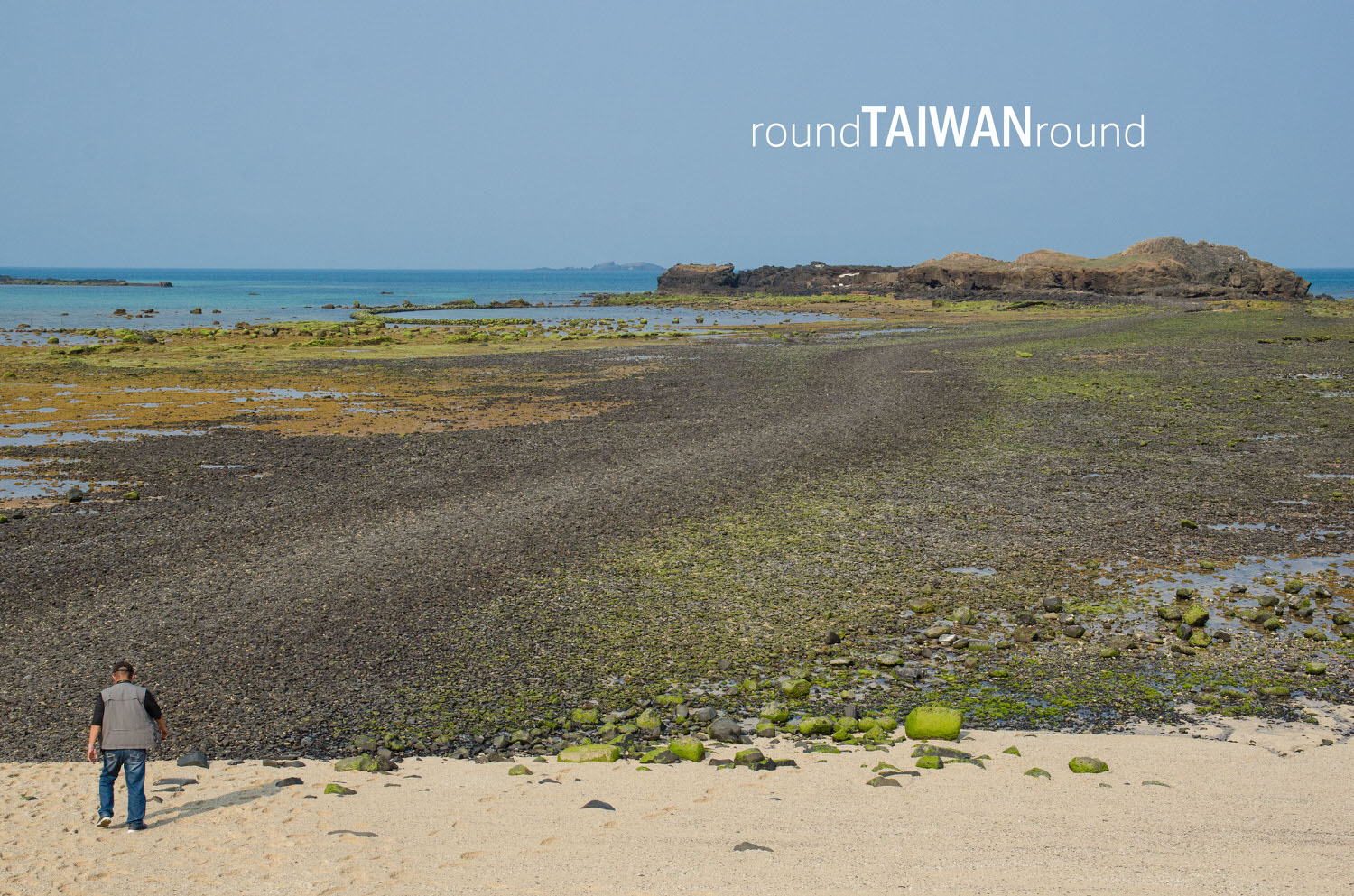 1
1Kuibishan
Whether Moses divided the Red Sea—as is told in the Bible—still contributes to much debate. However, in Penghu's Kuibishan, you will have a chance to look at a scene as magnificent as the one Moses created when he was claimed to divide the Red Sea. Kuibishan was actually an intertidal zone. Whenever the tide is low, the area that is under water at high tide reveals itself, forming a trail meandering from the beach to a basalt hill. Isn't it exactly the story in which Moses divided the sea?
The trail on the sea, which is composed of basalt gravels, is quite wet and slippery when the sea just recedes. Therefore, when visiting Kuibishan, please be advised to bring a pair of slip resistant shoes suitable for walk. As an intertidal zone, Kuibishan is home to abundant creatures commonly seen in tidal zone. Hermit crabs, usual crabs, all kinds of conchs, starfish, sea urchins, sea hares, etc., are sure to make a feast for the eyes. Be careful not to step on them. The diverse ecological resources and the distinctive intertidal zone phenomenon make Kuibishan a wonderful place for families to have a trip on ecology.
 2
2Duxing 10th Village
One of the oldest military dependents’ village, Duxing 10th Village had been a place for artillery bands’ practices and drills in the Qing dynasty. Later, the Japanese army established Penghu Fortress Headquarters and official residences at the place after occupation. Therefore, most of the remaining buildings are Japanese-style, while some carry a touch of Western design. Because many of the residences belonged to officers with higher ranks, Duxing 10th Village is also known as “Dependents’ Village for Generals and Captains.”
In the village stand Chang Yu-sheng (張雨生) Memorial Museum and Pan An-Bang’s (潘安邦) House, where ethnic Chinese around the world will definitely pay a visit when they visit the village. Chang Yu-sheng, a talented singer and composer, tragically died in a car accident when his career reached its peak. Yet his singing is still freshly remembered by tons of people, his legendary life retold in the Memorial Museum. Pan An-Bang, a famous folk singer active in the 1980s, created the iconic song “Granny's Penghu Bay.” Even now, the song is still widely sung not only in Penghu, but also in Taiwan, Hong Kong, and Mainland China. Come to reflect on Pan’s singing in Pan An-Bang’s House.
 3
3Fongguei Cave
For people who want to experience the power of Mother Nature while feeling something interesting on their trip, Fongguei Cave serves as a good choice. Located in the periphery of the south-western corner of Magong City, the cave is an air vent for a basalt cape. Because basalt has a more fragile texture and special prismatic structures, the basaltic rocks here disintegrate after waves hit and corrode them for a long time, formulating a sea cave. And because the sea cave is almost an airtight space, every time the waves rush into the cave, air inside the cave will be pressed to release through the narrow air vent on the ground. Don’t underestimate the small basketball-sized air vent. You shall never put your face near it in an attempt to have a better look. Otherwise, when a huge wave should come, the blast coming out from the air vent may hurt you. During the seasons of typhoon and tidal surges, the air vent will even become a powerful fountain, spurting water several stories high.
If you have no intention to venture, you may enjoy a sea breeze, watch the locals fishing valiantly, and even have a casual chat with them. That would also be a rather special experience.
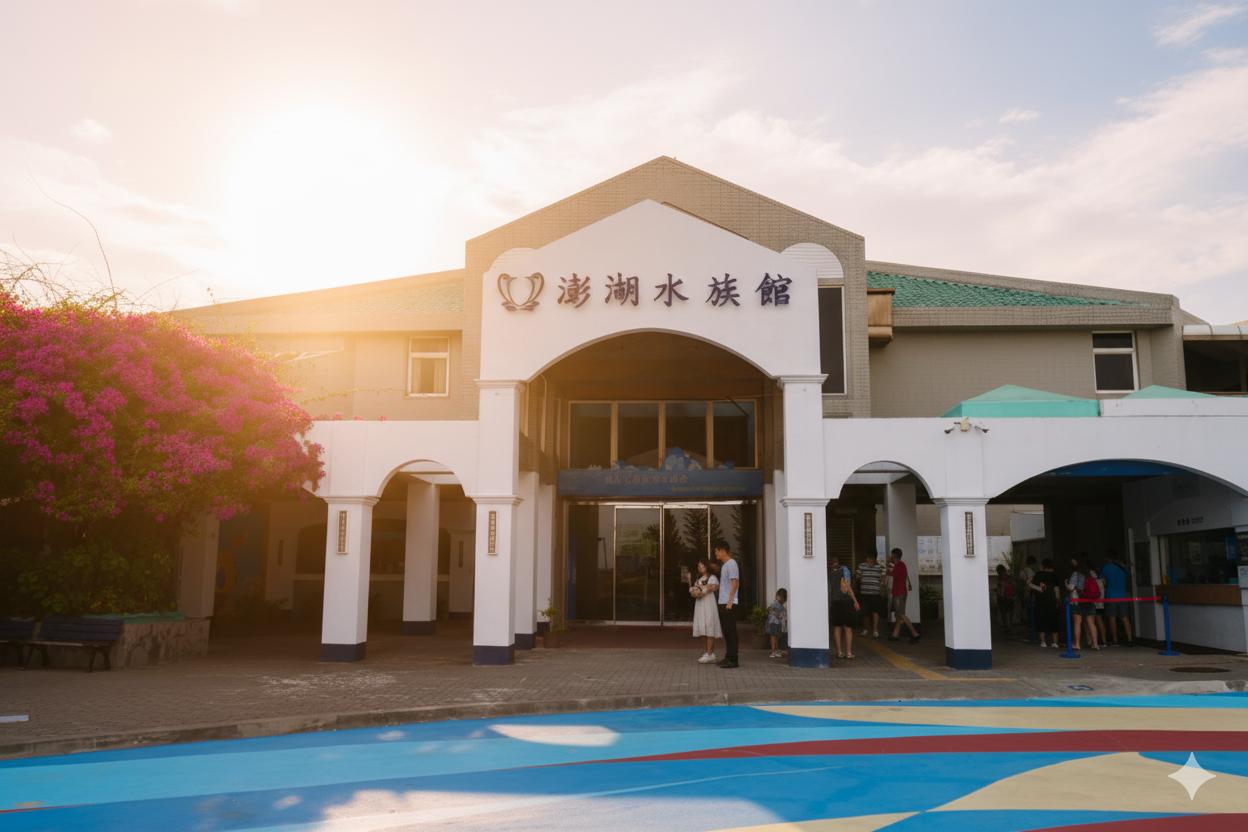 4
4Penghu Aquarium
The Penghu Aquarium is the only public aquarium on Taiwan's outlying islands, located in Qitou Village, Baisha Township, Penghu County. It was previously a fisheries research institute and reopened in 2019 after renovations. The aquarium's focus is on introducing the marine ecosystem and creatures found around Penghu and Taiwan, featuring interactive areas like an underwater tunnel, an ocean tank feeding show, and an intertidal touch pool, making it a great destination for families.
Ocean Tank Feeding Show: Divers enter the large ocean tank to feed the fish, creating a spectacular sight as the fish gather. Shows typically happen at set times (e.g., 11:00 AM and 3:00 PM), so visitors should check the schedule to avoid missing it.
Underwater Tunnel: A 14-meter arched tunnel allows visitors to walk through what feels like the bottom of the sea, with various marine creatures swimming overhead.
Intertidal Touch Pool: This area offers a hands-on experience where visitors can touch marine animals like starfish and sea cucumbers, bringing them closer to ocean life.
Unique Penghu Marine Life: The aquarium showcases many native Penghu fish species, allowing visitors to learn about the area's special marine ecosystem.
Edutainment: Interactive games and activities, such as stamp collections, are available to help visitors, especially children, learn about the ocean in a fun and engaging way.
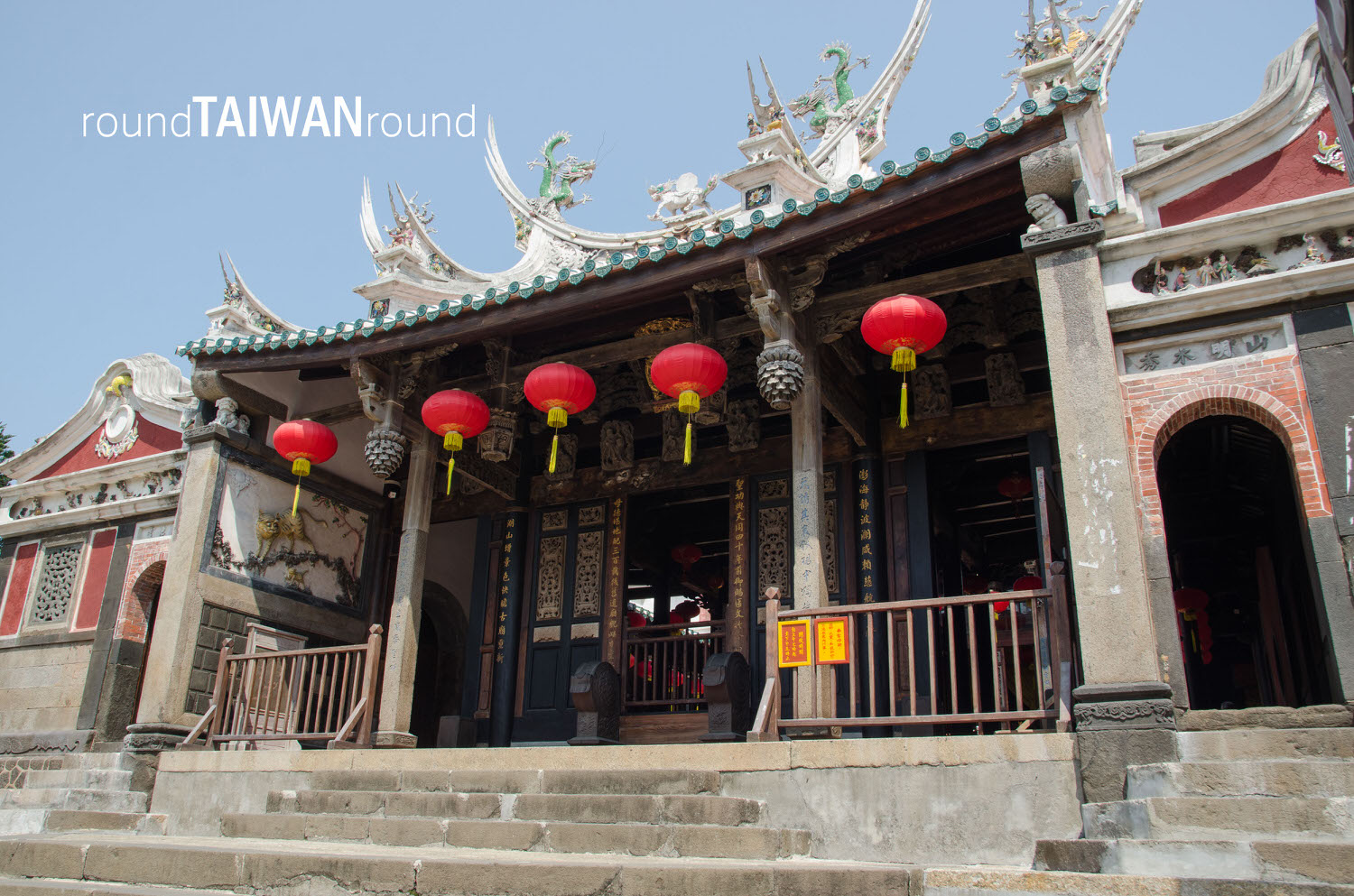 5
5Penghu Mazu Temple
Mazu is the most commonly worshipped sea Goddess in areas south of the Yangtze River. She also represents one of the most dominant folk religion in Taiwan, where Mazu temples, large or small, appear everywhere. When it comes to Taiwan's Mazu temples, one cannot finish the talk without mentioning Penghu Mazu Temple. In Penghu, the worship of Mazu was introduced around the late Ming dynasty by immigrants from the south of Fujian province. Penghu Mazu Temple is the oldest Mazu Temple in both Taiwan and Penghu. It has a history of 400 years and is now listed as the country’s first-class historic site.
Penghu Mazu Temple is called Mazu Temple or “Magong” by locals. The name "Magong" was formerly the name of Penghu's most busy city—now Magong City. Because of its meandering history, the temple has undergone many renovations since the Qing dynasty. Today, the appearance of Mazu Temple was mainly crafted by masters from Guangzhou and Chaozhou in 1922. Therefore, its style is a little bit different from the southern Fujian style temples commonly seen in Taiwan. When you come to Penghu Mazu Temple, there are three must-see places that you shall not miss.
First, take a good look at the basalt dragon stone carving between the main hall and the front hall. It seems implausible to say it's a dragon carving because the surface just looks uncarved. In fact, the carving is made of Penghu’s softer basalt and is located just under the eaves. Rain droplets have long eroded the carving, making it beyond recognition. This phenomenon is rarely seen in Taiwan Island, therefore reflecting the geological features and the far-reaching history of the place where Mazu Temple stands. Second, pay attention to the gold powder paintings on both sides of the shrine in the main hall. With layers of gold foils beaten on undried black varnishes, the painting was made by a special technique that is said to have been lost. The painting itself is arguably a nation-treasured artistic work. The third feature is even more precious. The Mazu statue, which carries a history about more than 700 years, is the oldest in Taiwan. A one-piece solid wood carving weighing up to 150 kilograms, the statue has survived the twists of modern Chinese wars and the Cultural Revolution and was respectfully moved across the sea from Tianjin Mazu Temple to Penghu. It's definitely the one and only treasure that you cannot miss in Penghu Mazu Temple.
 6
6Aimen Beach
In Chinese, the “Ai” for “Aimen Beach” sounds the same as “love.” Therefore, locals give Aimen Beach a romantic nickname—Love Gate Beach. In front of the beach lies a cubic installation art, which loudly proclaims the beautiful name to passing travelers. Located in the east of Magong Airport, Aimen Beach is just a five minute drive to the airport. Because the beach faces toward the east, in winter the northeast monsoon blows away the dunes on the beach. To protect the beautiful scenery, pitch-dark silt nets are commonly seen on Aimen Beach in winter. They may not look attractive at first glance, but there is a beautiful story behind them.
The beauty of Aimen Beach had been the pride of Aimen residents. However, due to illegal gravel mining, the beach became a garbage mountain and was considered not worth visiting sometime in the past. Later, an elder village chief came to change all these. He picked up garbage with his own hands, moved nearby shell sands to the beach basket after basket, and erected silt fences with simple devices such as wood sticks and broken nets. Thanks to his efforts, after several years the beach finally recovered its former beauty. Serene and charming, Aimen Beach has a past that is almost forgotten.
Compared with the popular Shanshui Beach, Aimen Beach is more obscure and gets less visitors. It’s also a safe area to play in water. Those who do not fancy a water fight can step on the wooden walkway beside the beach to visit the nearby Lintou Park (林投公園), which is a good place for secret rendezvous between lovers.
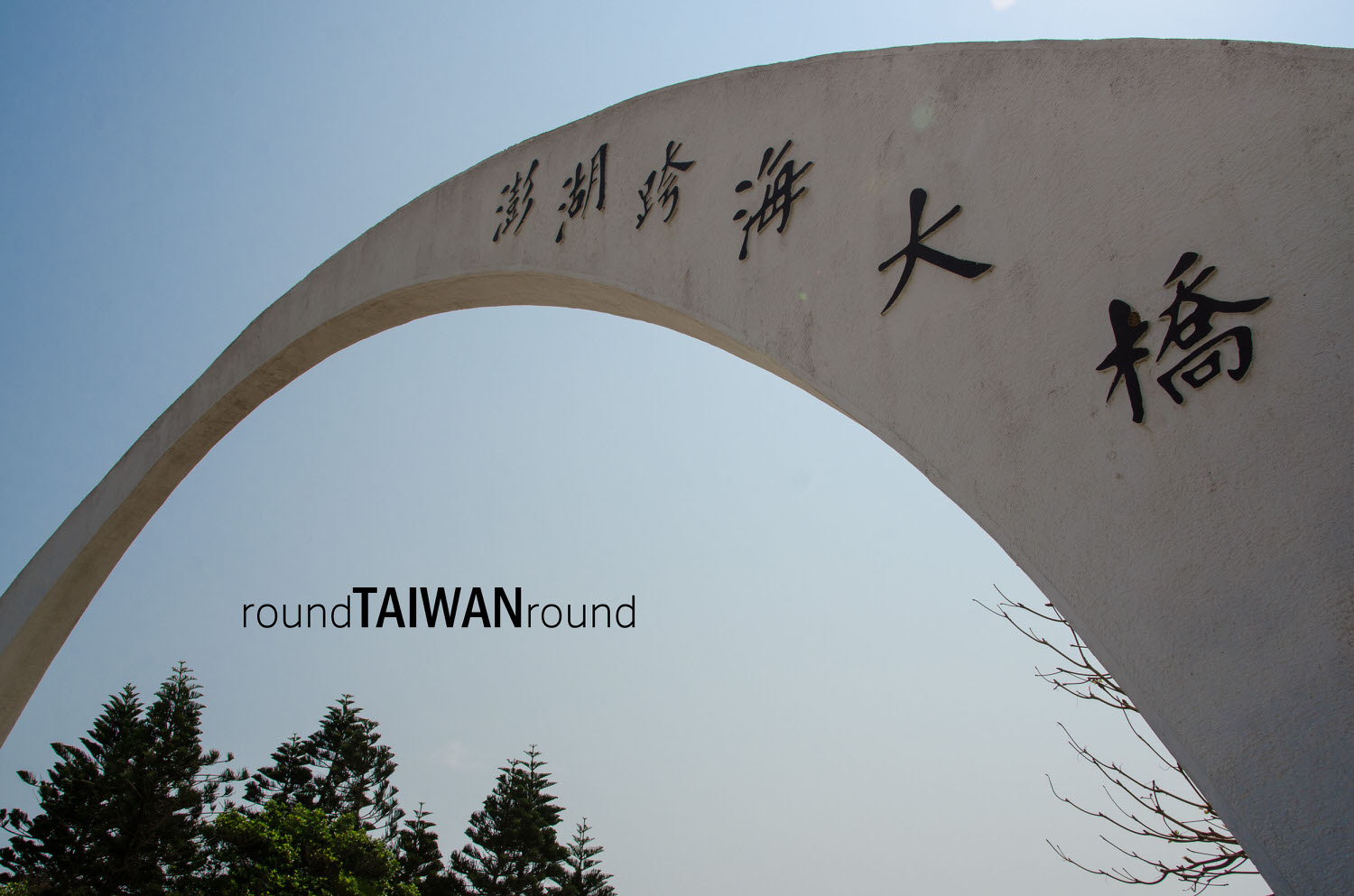 7
7Penghu Great Bridge
Penghu Great Bridge is arguably the most prominent landmark on Penghu Island. Decades ago, considering the water currents between Baisha Island and the West Isle too treacherous to sail, the government built Penghu Great Bridge to link Baisha Island and the West Isle, therefore solving the problem. The bridge was completed in 1970 with a total length of 2500 meters, emerging as the first deep sea bridge in Southeast Asia. However, because the sea wind has corroded and worn the bridge day after day, the government has rebuilt and regularly maintained it afterwards. When you pass the existing new bridge, the former one's pier is just within your sight.
Because the bridge is so important for Penghu people, it is gradually becoming a tourist attraction that there is even a parking lot for tourist buses at the head of the bridge. Visitors should not miss the Penghu specialty "cactus ice cream" when visiting here. Located at the head of the bridge on Baisha Island, Yi Family’s Cactus Ice Cream (易家仙人掌冰) is an old brand selling the local specialty. Since it is windy and dry in Penghu, the place is ideal for cactus to survive. There is even a special cactus park in Qingwan, Magong City, a suitable place for families to visit together to better understand the cactus. However, it requires complicated procedures to make cactus ice cream. If you're interested, consult Yi family's old granny when you sample it!
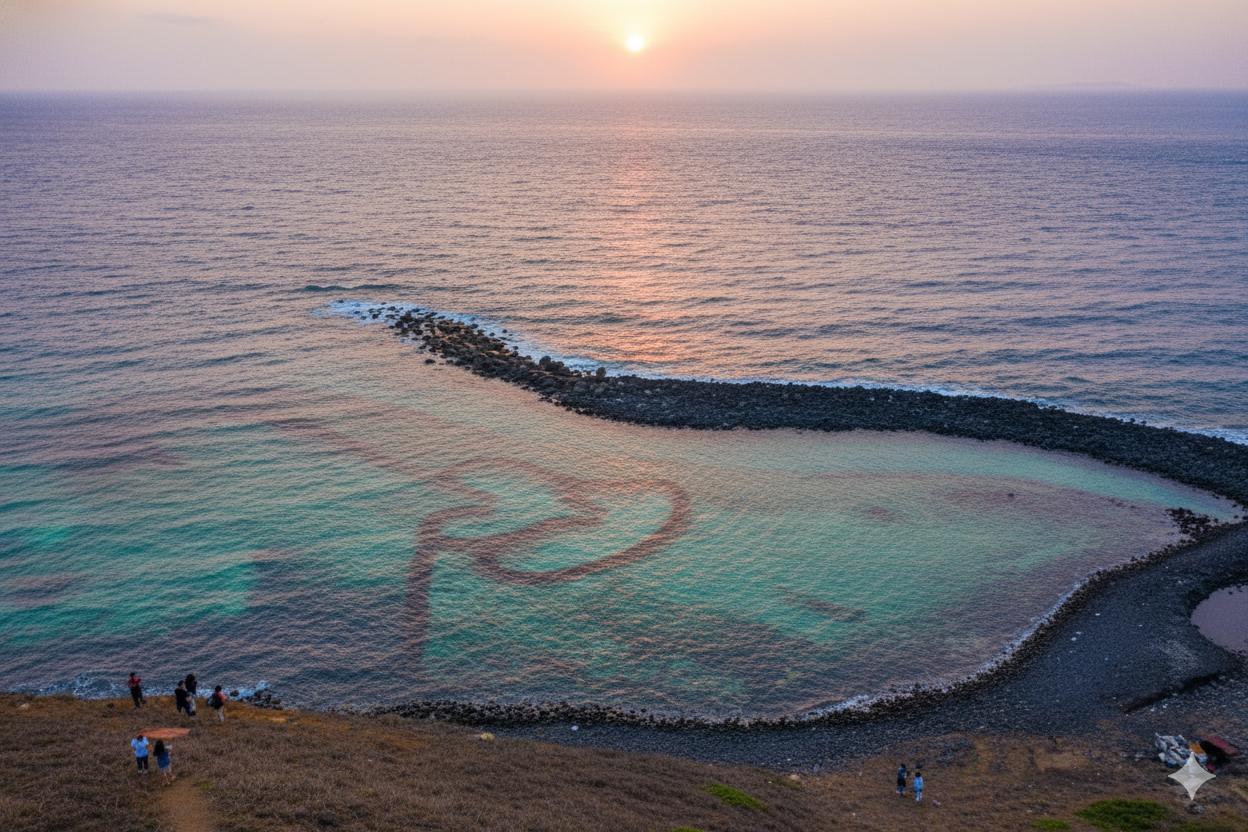 8
8Twin-Hearts Stone Weir, Qimei
The Twin-Hearts Stone Weir in Penghu is not only a famous landmark in Qimei Township but also a unique landscape that combines ancient fishing wisdom with the artistry of nature. Built over 700 years ago by early settlers using basalt and coral reef on the tidal flats, this fishing trap perfectly demonstrates humanity's ability to adapt to and utilize the natural environment. Over time, while the weir gradually lost its original function, its natural double-heart shape has come to symbolize "two hearts beating as one," attracting countless couples each year to make a pilgrimage and making it a true symbol of love.
To witness the Twin-Hearts Stone Weir in its full glory, you must time your visit with the low tide. It is at this point that the tide recedes, fully revealing the two closely-linked heart-shaped stone weirs. Travelers can then take in this stunning view from above. The combination of ancient fishing culture, romantic legends, and the fascinating interplay with the tide makes the Twin-Hearts Stone Weir a unique attraction that boasts historical depth, cultural charm, and natural beauty.
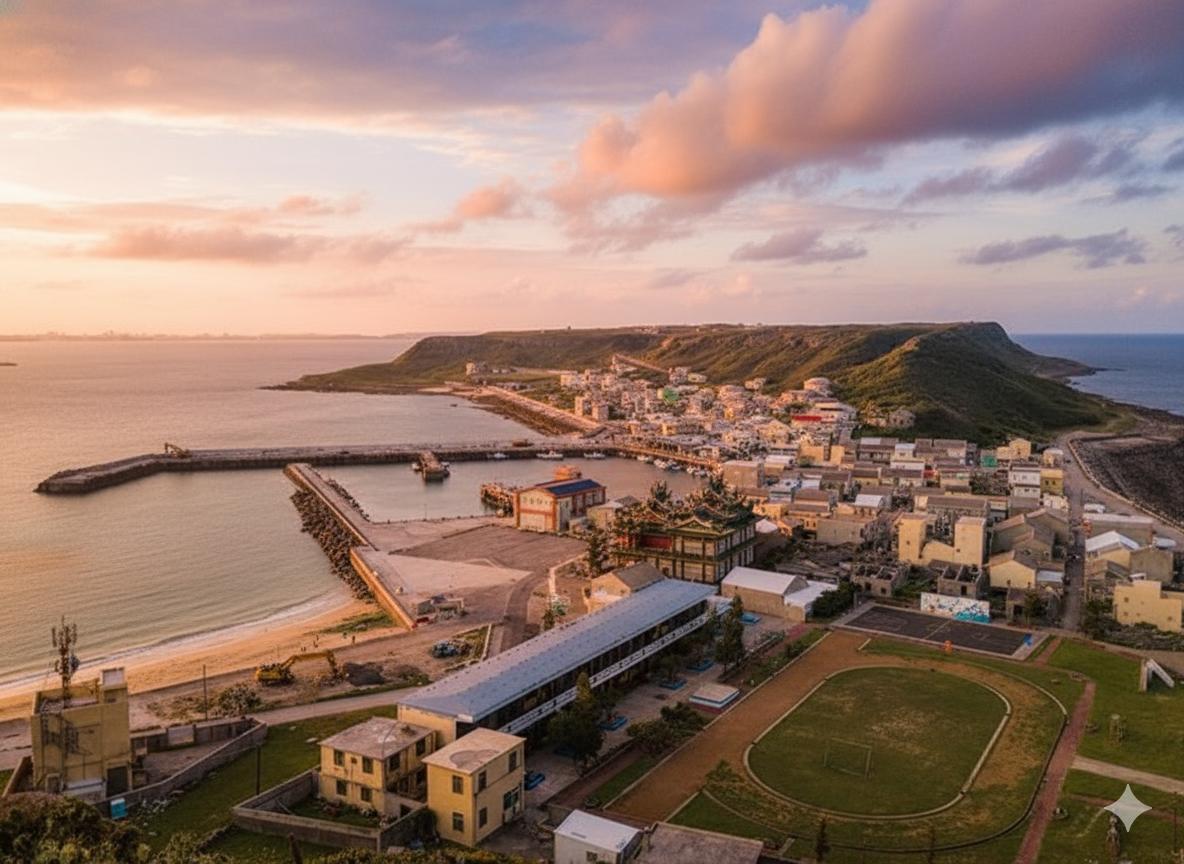 9
9Hujing Island
Hujing Island is the seventh-largest offshore island in the Penghu archipelago, attracting visitors with its unique culture and landscape. Situated on the Tropic of Cancer, the island is known as "Cat Island" due to its large cat population, drawing many feline enthusiasts. It also holds the mystique of a legendary "sunken city," a fabled underwater site composed of basalt rock formations off its southeastern coast.
The island also features natural and historical landmarks. A former military observation post and the "Sunset Boulevard," a spot popular for viewing the sunrise and sunset, are located on its western hill. Hujing Island is also home to impressive columnar basalt formations, similar to those found on nearby Tongpan Island. These diverse attractions contributed to the island being recognized by a global travel magazine as one of the world's top ten secret islands, making it appealing for travelers seeking a peaceful destination.
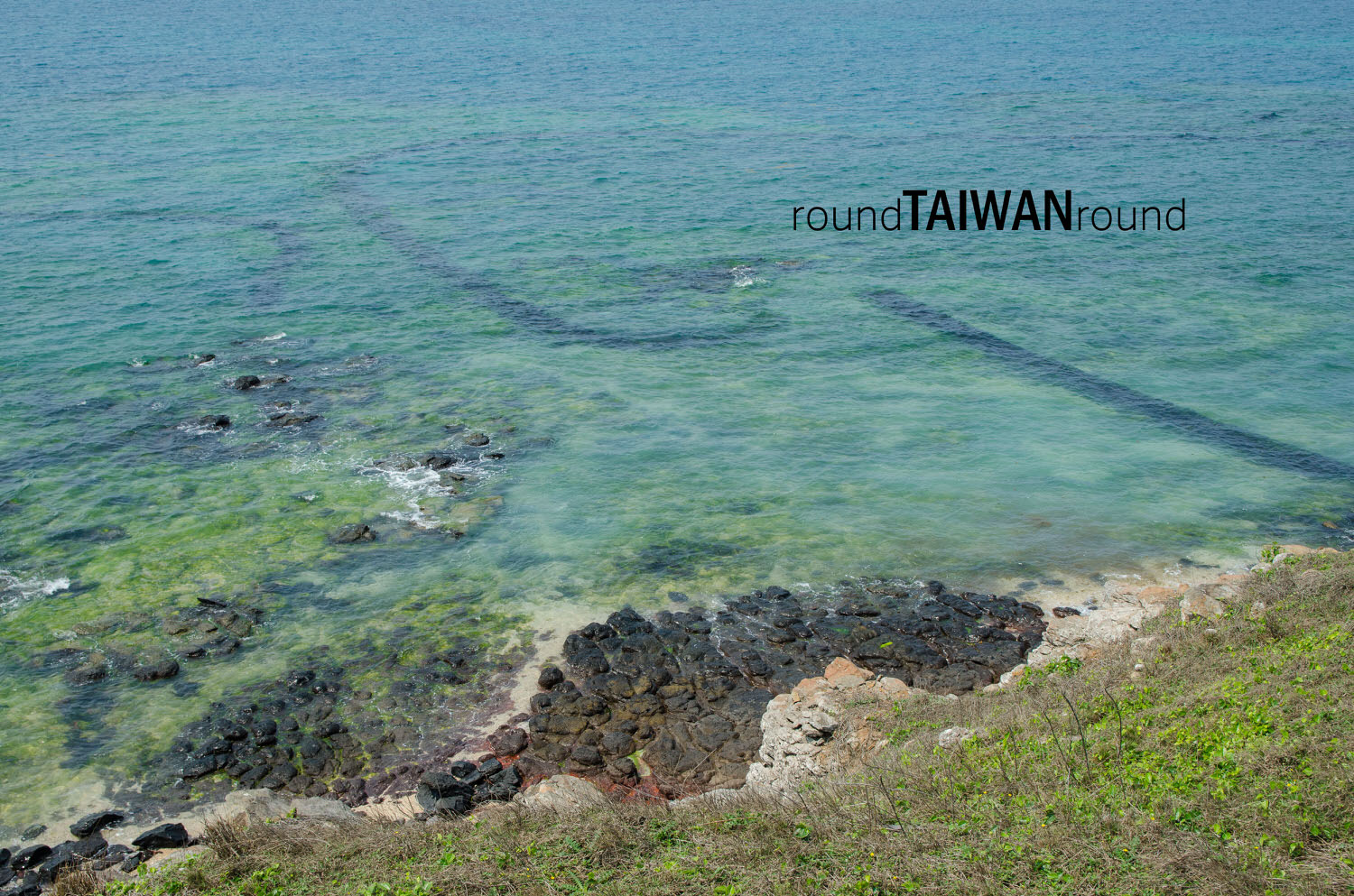 10
10Jibei Islet
To arrive Jibei Islet in the north of Penghu Island, you only have to take a boat for 30 minutes from Chikan Pier (赤崁漁港). The only vehicle on the islet is the motorcycle, so you can rent one to travel around the islet as soon as you land on the pier.
Tourism in Jibei Islet has obvious peak and dull seasons. Because of the huge waves in winter, it is recommended to visit Jibei Islet in summer—from April to October. In winter, rental stores here even coat a layer of butter on the motorcycles to avoid sea salt’s corrosion and extend the vehicles’ life. There is only one convenience store, a FamilyMart, on the islet. It is also the only 24-hour open store during tourism peak season on Jibei.
Jibei Islet boasts a variety of exciting and reasonably priced water sports, including 8 kinds of sports such as speed boats, banana boats, snorkeling, canoeing, etc. What’s more thrilling is that you may take as many rides as you want with a day pass ticket. What really matters is how much energy you can devote to these activities. If you’re not a big fan of water sports, pay a visit to Xikan Hill (西崁山), Jibei’s highest hill with an elevation of 18 meters. It’s pretty great to overlook the beautiful Jibei beach, the stone tidal weirs alongside, and the distant Mudouyu Lighthouse (目斗嶼燈塔).
